How To Repair Your Faux Leather Jacket
Faux leather jackets are fashionable, versatile clothing items, offering an alternative to real leather that offers numerous styling possibilities and advantages. Over time, however, like any clothing item, they may experience wear and tear – whether from scratches, cracks, peeling, or similar damage. Knowing how to repair it properly will extend its life while keeping its aesthetic beauty. In this blog, we cover essential tips and techniques for fixing faux leather jackets.
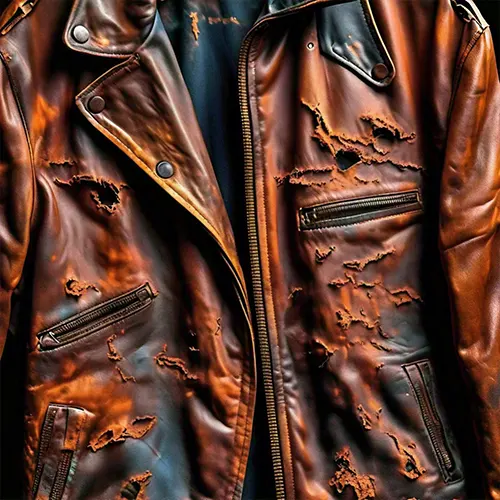
1. Understanding Faux Leather Damage
Before diving into repairs, it’s essential to identify the type of damage your jacket has sustained:
- Scratches: Surface-level marks that can often be treated easily.
- Cracks: Deeper fissures that require more intensive maintenance.
- Peeling: When faux leather begins to pull away from its backing.
- Stains: Spills or marks that can be cleaned away but may leave behind residue when removed from fabric surfaces.
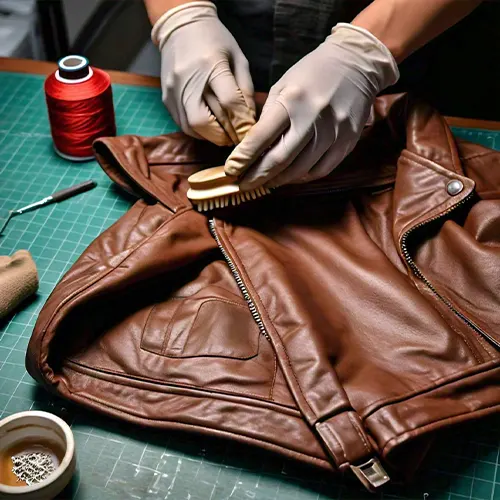
2. Basic Cleaning Before Repairs
Before starting any repair work, it’s crucial to clean your jacket properly:
- Spot Cleaning: Use a soft cloth dampened with mild soap and water to gently rub down affected areas with a soft fabric rag.
- Drying: Allow the jacket to air dry thoroughly before beginning any repairs.
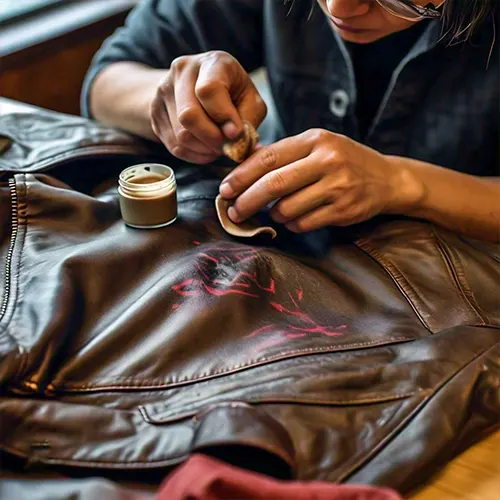
3. Repairing Scratches
Method 1: Leather Conditioner
- Apply a small amount of leather conditioner or faux leather repair cream directly over the scratched area.
- Use a soft cloth to rub it gently into it with your fingertips – this may help soften the material while decreasing the visibility of any scratches.
Method 2: Color Matching Marker
- For deeper scratches, choose a permanent marker or leather touch-up pen in shades similar to your jacket color.
- Carefully fill any scratches before using leather conditioner to blend the area.
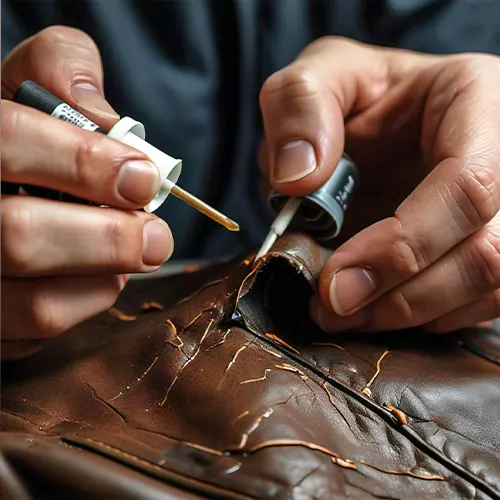
4. Fixing Cracks
Method: Fabric Glue
- Should cracks appear in your faux leather, they must be addressed quickly to avert further damage and further expense.
- Add a small dab of fabric glue inside the crack, gently pressing its edges together.
- Use a damp cloth to gently wipe away excess glue and allow it to set before applying conditioner to restore flexibility in the area.
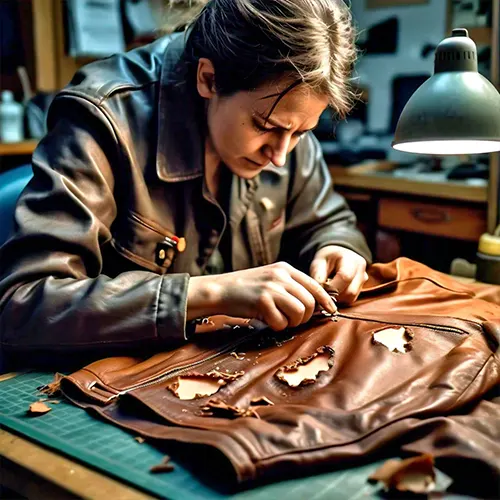
5. Dealing with Peeling
Method 1: Fabric Glue
- To repair peeling faux leather, apply fabric glue underneath its peeling edges and press them back into position with pressure.
- Be careful to hold them for just a few seconds to let the glue set before using a soft cloth to smooth over any rough spots or bumps that arise in their path.
Method 2: Faux Leather Repair Kit
- For extensive peeling, consider purchasing a faux leather repair kit which typically contains patches and adhesive.
- Cut a patch piece that covers the damaged area, and apply as directed.
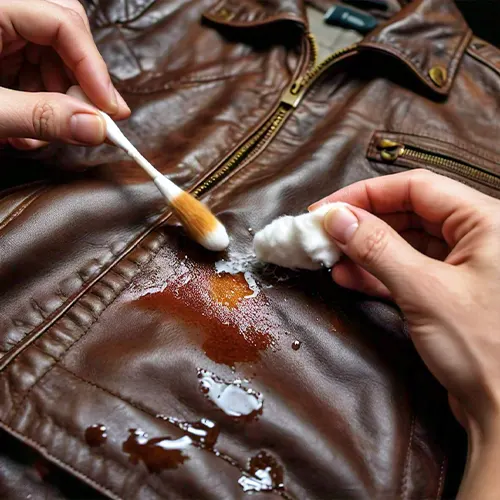
6. Removing Stains
Method: Rubbing Alcohol
- To remove stains, dab a cotton ball with rubbing alcohol and gently rub over the stain until removed.
- Avoid scrubbing as this could do further damage. Once the stain lifts, clean it with soapy water before leaving it to dry naturally.
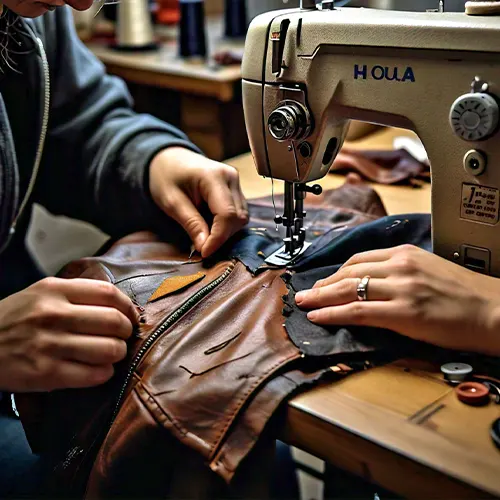
7. Sewing and Patching
Method: Needle and Thread
- Rip and tear repairs require you to sew over them with thread that matches the color of your jacket if required. For best results, use a needle and thread that matches its shade as part of this step.
- Stitch the edges together using tight stitches, for significant tears, consider covering this area with an appropriate patch for added support and strength.

8. Preventative Measures
To avoid future damage, consider the following tips:
- Storage: For optimal storage conditions, always store your jacket in a cool and dry location using padded hangers to preserve its shape.
- Avoid Excessive Heat: To protect the fabric in your jacket from drying out and cracking, try keeping it out of direct sunlight and heat sources.
- Regular Conditioning: Incorporate faux leather conditioner into your maintenance schedule every few months to keep the material supple and prevent cracking.

9. When to Seek Professional Help
If your jacket has sustained significant damage and you feel uncertain about attempting repairs yourself, consider seeking professional care and restoration from tailors and leather repair specialists. They offer expert care that ensures the lasting wearability of leather clothing.
Conclusion
Repairing a faux leather jacket doesn’t need to be an overwhelming experience; with proper techniques and patience, you can extend its lifespan while keeping its style. By understanding different forms of damage and employing appropriate repair methods you’ll enjoy wearing your faux leather jacket for many more seasons – don’t forget regular care routines too, to minimize further wear-and-tear and preserve its appearance – happy repairing.







